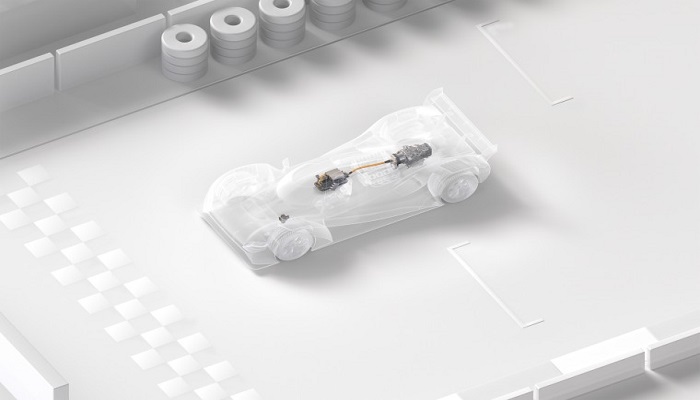At the 61st edition of the 24-hour race of the IMSA WeatherTech SportsCar Championship “Rolex 24 At Daytona” (USA), the new Le Mans Daytona Hybrid vehicles (LMDh) for motorsports made their successful competitive debut. The new Grand Touring Prototype (GTP) class raced competitively for the first time during the Rolex 24 At Daytona, replacing the Daytona Prototype international (DPi.) Under an agreement between International Motor Sports Association (IMSA), the Automobile Club de l’Ouest (ACO) and the Federation Internationale de l’Automobile (FIA), new standards have been established that enable the use of hybrid technology. The LMDh system features high-cost efficiency thanks to standardized parts, enabling vehicle manufacturers and teams to compete under attractive conditions at endurance classics such as Le Mans, Daytona, Sebring or Spa-Francorchamps.
Despite the dynamic development time, all nine hybrid bolides from the manufacturers Acura, BMW, Cadillac and Porsche started, of which eight reached the finish line – a great success for manufacturers and teams, but also for Bosch Motorsports. The No. 60 Acura ARX-06 from Meyer Shank Racing won the GTP class and was the overall Rolex 24 winner across all vehicle classes. Additionally, the top six finishers in the Rolex 24 At Daytona event were from the GTP class featuring the new LMDh hybrid technology.
Bosch is the official systems engineering lead for the hybrid system. Additionally, Bosch is the exclusive supplier for the electric motor (MGU), the inverter (MCU) and the hybrid control unit (HCU) as well as the electric braking system (EBS) that is also capable of recuperation. The hybrid system is flexible and can be combined with different vehicle and engine concepts, while still offering a high level of performance. In drive mode, it delivers a permanent output of 50 kW, and up to 200 kW in recuperation mode. “The race in Daytona was extremely important to see where we stand under real racing conditions. Overall, we are very pleased with the first debut of our technology, which proved itself right away in the 24-hour endurance test at one of the most important races of the season. We are happy for the manufacturers and teams with the successful race debut,” says Ingo Mauel, Head of Bosch Motorsport.
The electric braking system (EBS) from Bosch Motorsports also withstood the high stresses of the first endurance race. It uses brake-by-wire technology, in which the electronics take care of transmitting the braking signal. When the driver presses the brake pedal, the electronic control unit is activated, the electric motor reverses, and the vehicle’s kinetic energy is converted into electrical energy and fed back into the battery. When hybrid technology is fully optimized, braking energy is recovered that would otherwise be lost to heat, so the driver can race dynamically with less fuel. “In the coming weeks until the race at Sebring, we have a lot to do. We have already learned a lot in the first race and will analyze further evaluations and data together with technology partners, teams and the series to move forward,” says Mauel.
Source: Bosch


